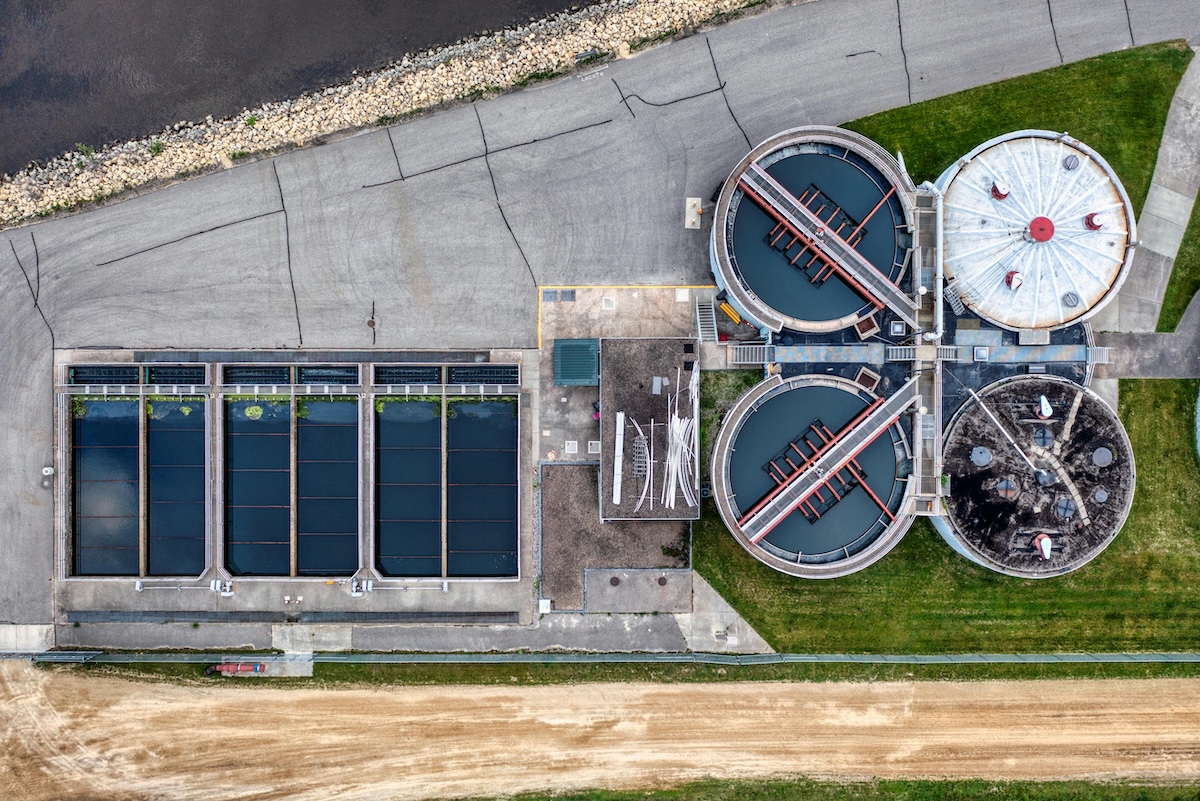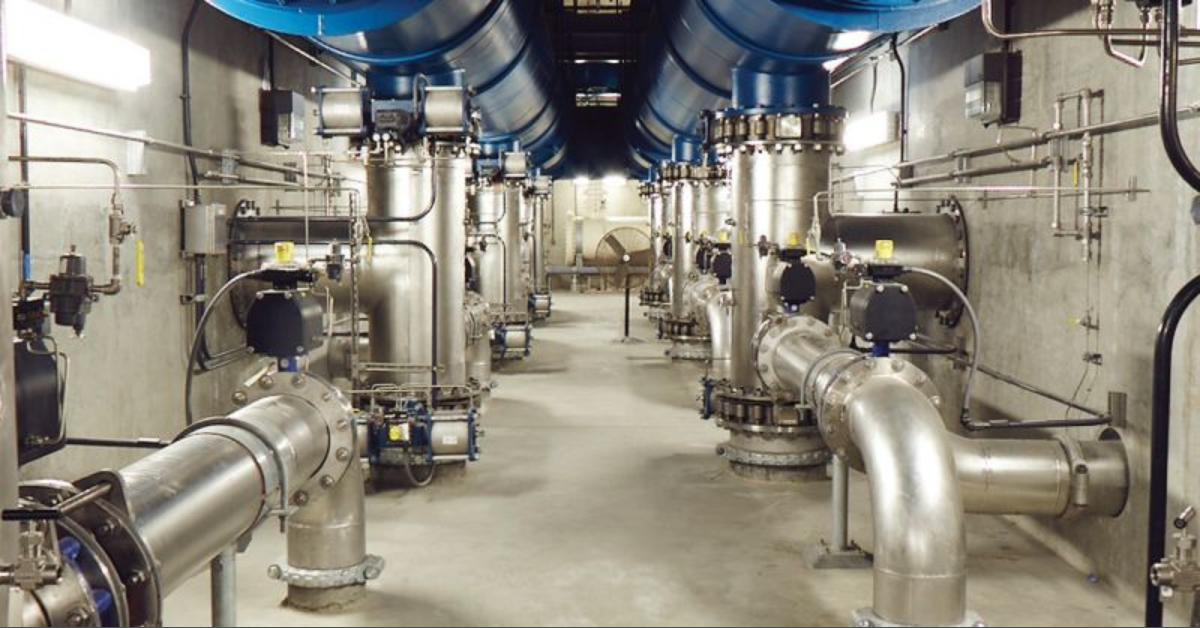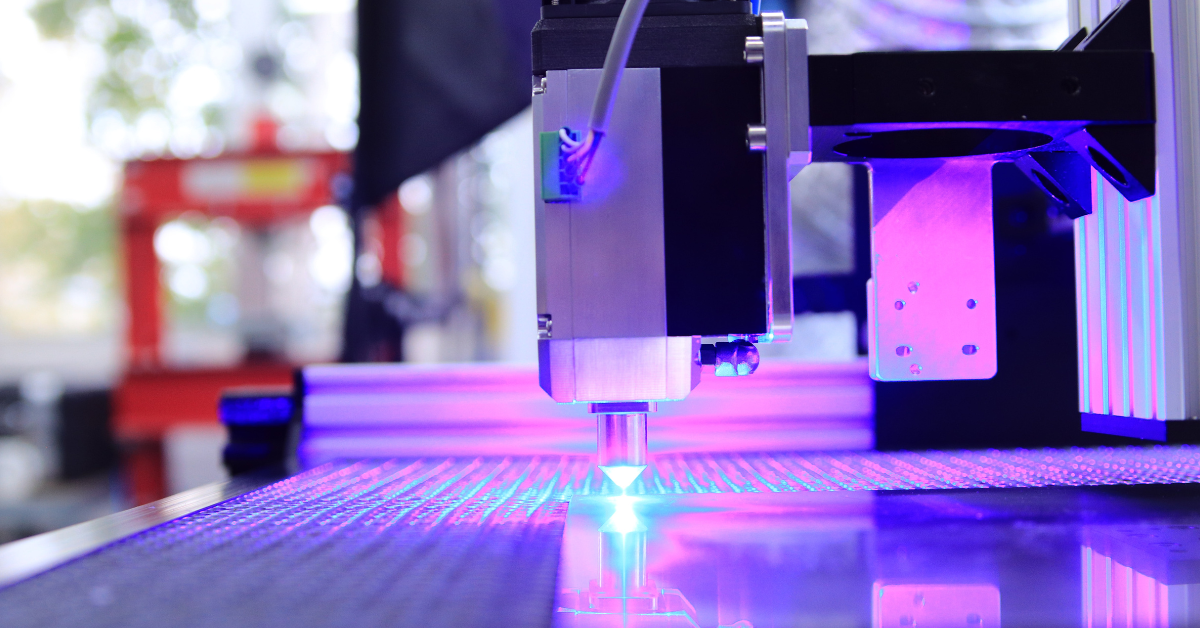Reactive nanofiltration membrane models unlock purer water
Researchers at Rice University in the USA have taken a major step towards producing a working framework that will optimise the design and build of reactive nanofiltration membranes that can simultaneously filter and transform contaminants in a single step.

Research that tackles water puzzles
University research departments are often at the forefront of developing novel approaches to the water industry’s problems. The current research was conducted by Menachem Elimelech, the Nancy and Clint Carlson Professor of Civil and Environmental Engineering at Rice University, and his former postdoctoral researcher, Yanghua Duan.
Together, they have worked to solve what they describe as one of water purification’s biggest puzzles: how to best design catalytic membranes that simultaneously filter and transform contaminants in a single step.
Our work addresses a long-standing limitation in the field – Elimelech
Elimelech told media: “Our work addresses a long-standing limitation in the field. Until now, most progress in reactive nanofiltration membranes has been empirical. We’ve lacked a solid framework to understand and optimise how these membranes actually work.”

What are the potential benefits of using reactive nanofiltration membranes?
Reactive nanofiltration membranes integrate catalytic transformation with molecular separation to remove a wide range of contaminants in water, such as salts, heavy metals and small, stubborn organic pollutants, all at the same time.
However, the challenge, until now, has always been that the complex interplay between chemical reactions and mass transport has made membrane performance hard to predict, which then makes it hard to scale into a real-world application.
We hypothesised that membrane performance is fundamentally governed by the interplay between reaction kinetics and solute transport – Duan
To tackle that complexity, the research team developed the first mechanistic model that simulates how oxidants and pollutants move through and react inside catalytic membranes under realistic operating conditions.
Duan, who is currently an assistant professor of civil and environmental engineering at Colorado State University, told media: “We hypothesised that membrane performance is fundamentally governed by the interplay between reaction kinetics and solute transport. By capturing these interactions in a model, we can move beyond trial-and-error design.”
From theory to framework
The resultant framework simulates how variables, such as catalyst placement, membrane thickness, pore size and water flow affect the removal of contaminants.
Duan explained: “We discovered that the same membrane behaves completely differently depending on where the catalysts are located. At low water flux, surface-loaded catalysts dominate; however, at higher flux, the action shifts inside the membrane. That has big implications for how we design systems for different water treatment needs.”
Recently published in Nature Water, the researchers also identified the ideal range for catalyst loading. Too little catalyst limits the reaction rate, while too much creates a transport bottleneck.
“We showed that more isn’t always better,” Elimelech added. “There’s an optimal catalyst distribution, and we now know how to find it.”
From reactive to predictive design
Elimelech and Duan introduced new performance metrics that go beyond conventional removal rates, offering tools that can help engineers better compare and refine membrane systems across the board.
That opens the door to membranes that are not only more effective but also more scalable, energy-efficient and adaptable to different water qualities – Duan
Duan explained: “We’re shifting the field from reactive experimentation to predictive design. That opens the door to membranes that are not only more effective but also more scalable, energy-efficient and adaptable to different water qualities.”
One of the key outcomes of the study is that it lays out design principles for tailoring membranes to specific goals such as minimising salt contamination, reducing energy use or maximising contaminant selectivity.
The researchers also evaluated how different oxidants, such as hydrogen peroxide and persulfate, behave inside the membrane, showing that the charge of the oxidant strongly influences its accessibility and reactivity.
Duan explained the significance: “For the first time, we can simulate how changes at the molecular scale ripple out to influence full-system performance. That can help us build decentralised systems that serve both developed and underserved communities.”
Elimelech added: “Water is too essential to be left to guesswork. Our goal is to empower the global water community with the tools to design smarter, cleaner and more sustainable solutions.”




